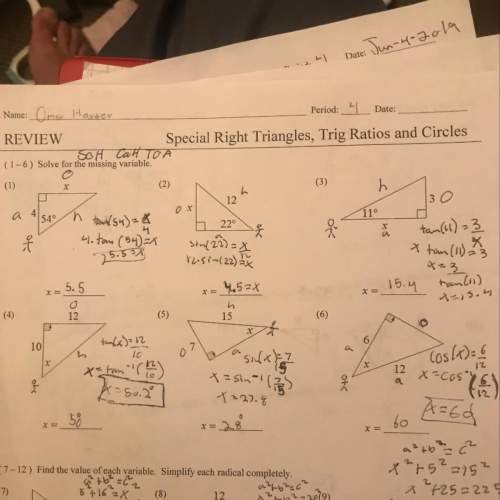
Mathematics, 10.03.2020 03:05, bee3176
In the following sequence, each number (except the first two) is the sum of the previous two number: 0, 1, 1, 2, 3, 5, 8, 13, This sequence is known as the Fibonacci sequence. Given the positive integers m and n (with m < n) create a list consisting of the portion of the Fibonacci sequence greater than or equal to m and less than or equal to n. For example, if m is 3 and n is 6, then the list would be [3, 5] and if m is 2 and n is 20, then the list would be [2, 3, 5, 8, 13]. Associate the list with the variable fib.

Answers: 1
Other questions on the subject: Mathematics

Mathematics, 21.06.2019 17:30, paiged2003
The jewelry store is having a sale. necklaces that were regularly priced at $23.50 are on sale for $18.80. what is the percentage of decrease in the price of necklaces?
Answers: 1

Mathematics, 21.06.2019 18:30, Prolearner1234
For each polynomial, determine the degree and write the polynomial in descending order. a. –4x^2 – 12 + 11x^4 b. 2x^5 + 14 – 3x^4 + 7x + 3x^3
Answers: 2

Mathematics, 22.06.2019 00:30, Jazzy4real
Jaxon has s packs of 8 crazy straws. he divided the crazy straws into 2 equal bags. now, he has 224 crazy straws in each bag. how many packs of crazy straws did jaxon start with?
Answers: 1

Mathematics, 22.06.2019 03:00, shreyasvrangan
Darcy deposited $390 into a savings account. as long as the account balance remains at or above $150, she does not have to pay a service fee for the account. for how many months can she withdraw $40 a month without having to pay service fees? a) 3 b) 5 c) 6 d) 9
Answers: 1
Do you know the correct answer?
In the following sequence, each number (except the first two) is the sum of the previous two number:...
Questions in other subjects:



Mathematics, 03.09.2020 03:01


Mathematics, 03.09.2020 03:01


Mathematics, 03.09.2020 03:01



Computers and Technology, 03.09.2020 03:01







